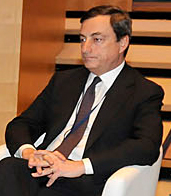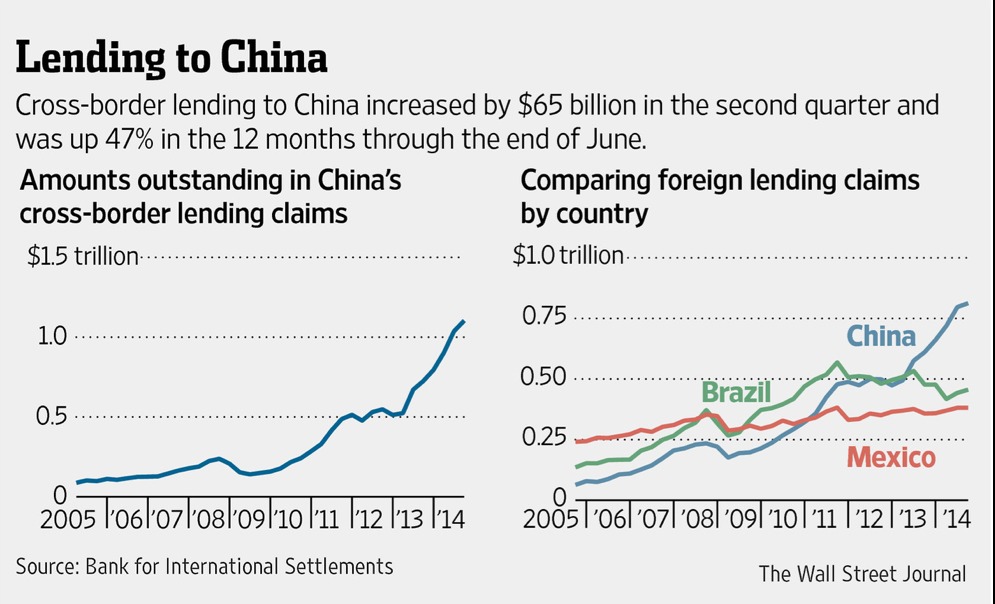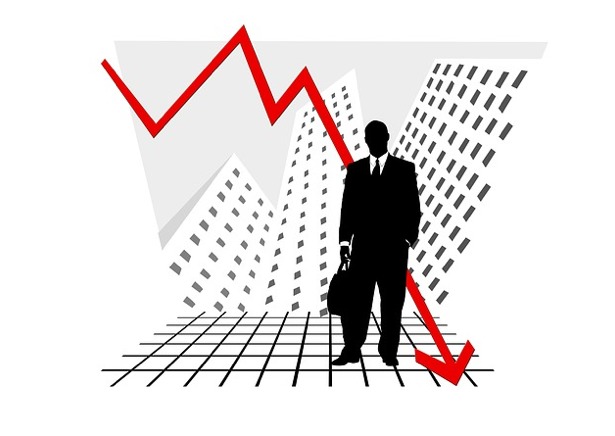 By Xavier Bremner
By Xavier Bremner
We live in an age of extreme central banking, and the financial markets are primed for some big policy moves from the U.S. Federal Reserve and European Central Bank this week. The Fed recently signaled via press leaks that it’s considering new steps to kick start the economy, perhaps as early as Wednesday when the central bank finishes up a two-day confab.
Meanwhile, European Central Bank President Mario Draghi (pictured) ramped up expectations when he promised bold moves to save the 17-member Euro zone, adding that “believe me, it will be enough.”
Fed watchers surveyed by Dow Jones think the odds are pretty low the Fed Chairman Ben Bernanke & Co. will launch another round of quantitative easing. The Fed has purchased $2.3 trillion in bonds to stimulate economic growth in two quantitative easing programs.
The economy is sluggish — second quarter GDP came in at 1.5% — but probably not bad enough to warrant QE3 right now, according to the consensus view. If the economy tanks before the next Fed meeting in September that option could be back on the table.
More likely is a Fed move to cut the interest rate it offers on cash reserves from banks, according to this Bloomberg report. The idea is to motivate US banks to put their cash to more productive uses like actual corporate lending to get the economy moving.
The Fed could signal that it will hold its benchmark Fed Funds interest rate, at near-zero levels since late 2008, beyond its current target of late 2014. That move might also stir the animal spirits.
Still, the real monetary fireworks are likely to come from the ECB on Friday. With bond market yields in Spain and Italy at uncomfortably high levels, the central bank may have to get radical and resume a controversial program of buying sovereign debt—in effect, cranking up the money presses—to save the Euro.
To make such a move more palatable to critics, particularly in Germany, the ECB may draw funds from an existing bailout fund, designed for the banks, to support government bond markets. Alternately, the central bank could launch another type of quantitative easing program to get the same result via different means.
So count on the great central bank balance sheet expansion to continue in the second half of 2012.
Image: EPP Congress Bonn




